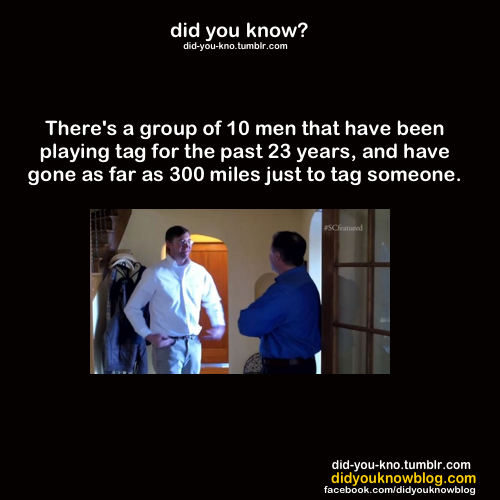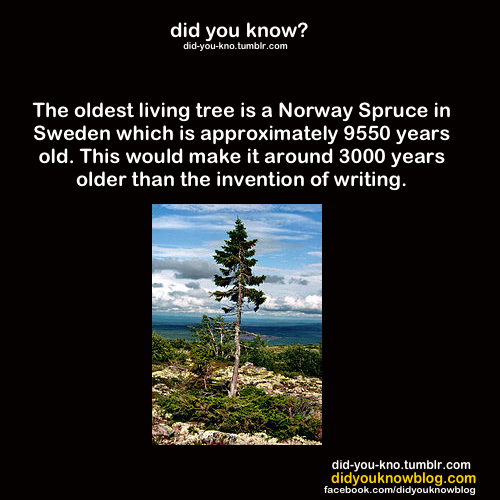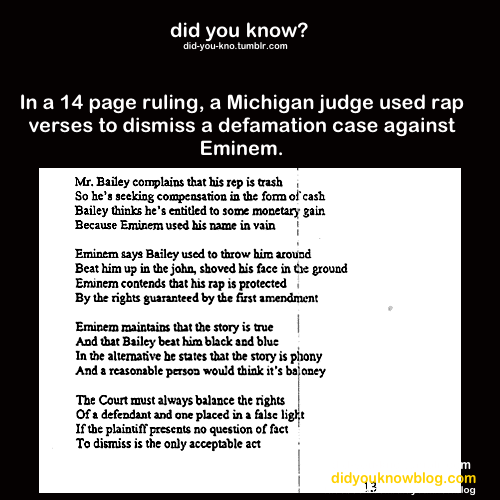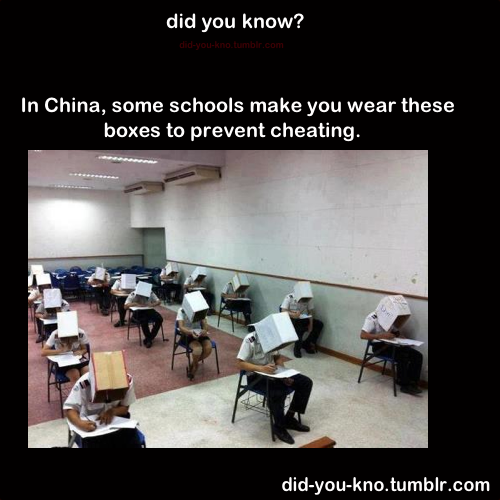The basics
There are certain basic principles that you need to keep in mind:
- It takes planning - you need to plan ahead so that you buy the correct foods for making snacks and lunchboxes
- Resist the "easy" option to buy cold drinks, crisps and chocolate bars - in the long run this is going to ruin your children’s health
- Resist your children's demands and manipulations for high-fat snacks and fizzy cold drinks
- Remember that children are different to adults - they have a much smaller stomach capacity, so they need regular snacks and some children have a much higher energy requirement because they're more active than adults
- Remember that children are similar to adults - they also like interesting and tasty food that looks good enough to eat, but they may not appreciate very sophisticated foods
- Lunchboxes may have to replace three to four meals a day - that breakfast that wasn't eaten, the mid-morning snack, lunch and the mid-afternoon snack - a whole menu in one box!
- Packaging is important - buy a sturdy plastic container that's big enough to accommodate the food you want your child to take to school without getting squashed, and consider buying a small non-breakable flask for keeping cold foods and drinks cold, and hot foods and drinks hot
- Eating a variety of foods gives children and adults the best chance of obtaining a balanced diet
-
Select foods from all the food groups every day:
- Milk and dairy products;
- Fruit and vegetables;
- Breads and starches;
- Protein foods like meat, fish, eggs and legumes; and
- Fats and oils, including nuts.
a) Food
Cereals, breads and starches
- Low-GI, wholewheat, brown or rye bread or buns, various healthy breads, crisp bread (rye or wheat), wholewheat biscuits
- Pita bread, or hot dog/hamburger rolls, or pancakes/flapjacks, or mini pizzas, or bagels (buy the wholewheat varieties if possible)
- Wholewheat muffins or muffins made with fresh fruit like banana, dried fruit like raisins/sultanas/dates, or nuts; cheese muffins
- Oat cakes or oat crunchies, health or energy bars (only for children who are very active and who don't have a weight problem as these foods are quite high in fat)
- Granola cereal or unbuttered popcorn
- Muesli or bran rusks
- Rice cakes (buy various flavours)
- Baked potato with a filling (keep warm in vacutainer)
- Potato salad (dilute mayonnaise with fat-free yoghurt)
- Cooked corn on the cob or mielie bread
- Lean cold cuts (ham, beef, chicken, tongue)
- Grilled chicken pieces (wings or drumsticks)
- Cooked, chopped or minced meat or chicken/turkey
- Cooked or canned sausages (only for thin and very active children as sausages contain quite a lot of fat)
- Homemade hamburger patties (use lean mince)
- Boiled eggs
- Cooked, flaked fish
- Canned fish such as tuna, pilchards or sardines
- Smoked fish like snoek or mackerel
- Biltong (cut off the fat or choose ostrich or game biltong)
- Meat or fish spreads and paste
- Cooked, minced legumes, baked beans or tofu
- Yoghurt (plain mixed with honey and nuts or fresh fruit, or read-made, flavoured, low-fat varieties)
- Cottage cheese (flavour plain cottage cheese with tomato sauce, mashed banana or avocado, nuts or dried fruit, or buy ready-made flavoured cottage cheese - check the fat content and buy the fat-free versions)
- Cheeses (all types, use grated or cut into cubes)
- Cheese spread
- Fresh fruit - apples, pears, naartjies, oranges, plums, peaches, grapes, litchis, mango, pineapple or melon pieces, figs
- Dried fruit and fruit rolls, mebos, dates or fruit dainties
- Carrot or celery sticks, baby tomatoes, cucumber wedges, lettuce
- Vegetable muffins (grated carrots and baby marrows can be added to a basic muffin mix)
- Pumpkin fritters
- Potato cakes
- Mono- or polyunsaturated margarine or lite margarine as a spread on breads, etc
- Nuts, peanut butter
- Nutella spread
- Crisp bacon (crumble and add to fat-free cottage cheese)
- Avocado - mash and use instead of margarine
- Low-fat or lite salad dressing, or mayonnaise diluted with low-fat yoghurt
Flavourings
(Add taste, colour and variety to lunchboxes and snacks)
- Chutney - try different varieties
- Tomato sauce
- Piccalilli, or mild mustard or pickles
- Gherkins
- Olives
- Vinegar
-
Lemon juice (add to mashed banana to prevent discolouration)
- Milk, plain or flavoured
- Homemade milk shakes (puree fruit with low-fat milk, add honey and/or vanilla flavouring)
- Yogi-sip
- Milk/fruit-juice blends
- Fruit juice, still or sparkling
- Soda water - flavoured, still or sparkling
- Energy drinks for children who participate in sport or who are very active
- Hot chocolate or cocoa made with skim milk
- Soups
- Cold water and ice for sports meetings
A Fantastic Site for PDF printable lunch ideas:
Pinterest boards for lunch ideas:























_-_The_Girl_With_The_Pearl_Earring_(1665).jpg)












